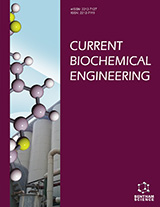Abstract
Additive manufacturing (AM) is a digital technology for producing
components directly from a 3D model. This study develops the radiometer casing using
the Fused Filament Fabrication (FFF) of the AM technology. The 3D model of the
casing was modeled in a Rhinoceros environment while the implementation was
carried out using the FFF. The optimisation of the process parameters was carried out
using the Response Surface Methodology (RSM) and the Central Composite Design
(CCD). The range of the process parameters were: extrusion temperature (230-250oC),
extrusion velocity (50 mm/sec-250 mm/sec), filament orientation (0-90o) and layer
thickness (0.10-0.50 mm). Taking the surface roughness as the response of the
designed experiment, the statistical analysis of the results obtained from the numerical
and physical experiments was used to obtain a predictive model for surface roughness.
Furthermore, the combinations of the process parameters that produced the least
surface roughness (2.05μm) were: extrusion temperature (240 oC), extrusion velocity
(150 mm/sec), filament orientation (45o) as well as layer thickness (0.30 mm). This
study provides an insight into the feasible range of process parameters that will
enhance the surface finish of products developed using Polyethylene Terephthalate
Glycol (PETG) filament.
Keywords: Additive Manufacturing, Digital Technology, Fused Filament Fabrication, Polyethylene Terephthalate Glycol (PETG) filament, Process Parameter, Surface Roughness.






















